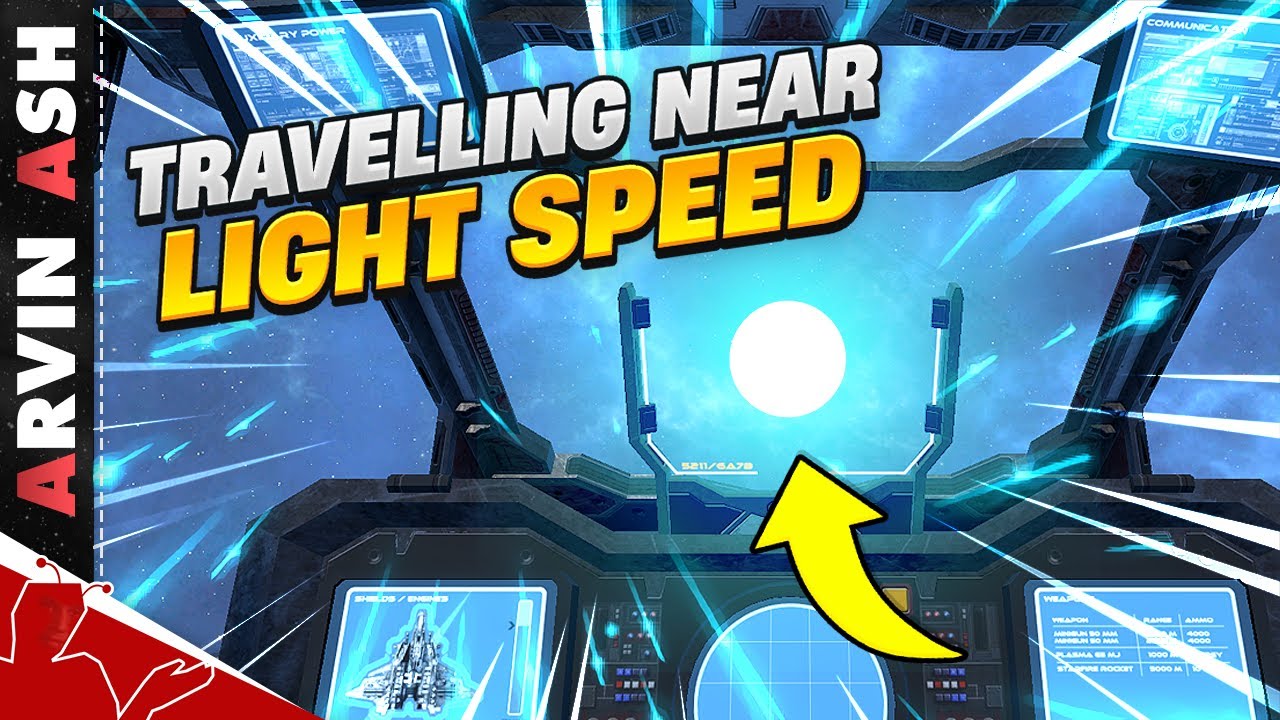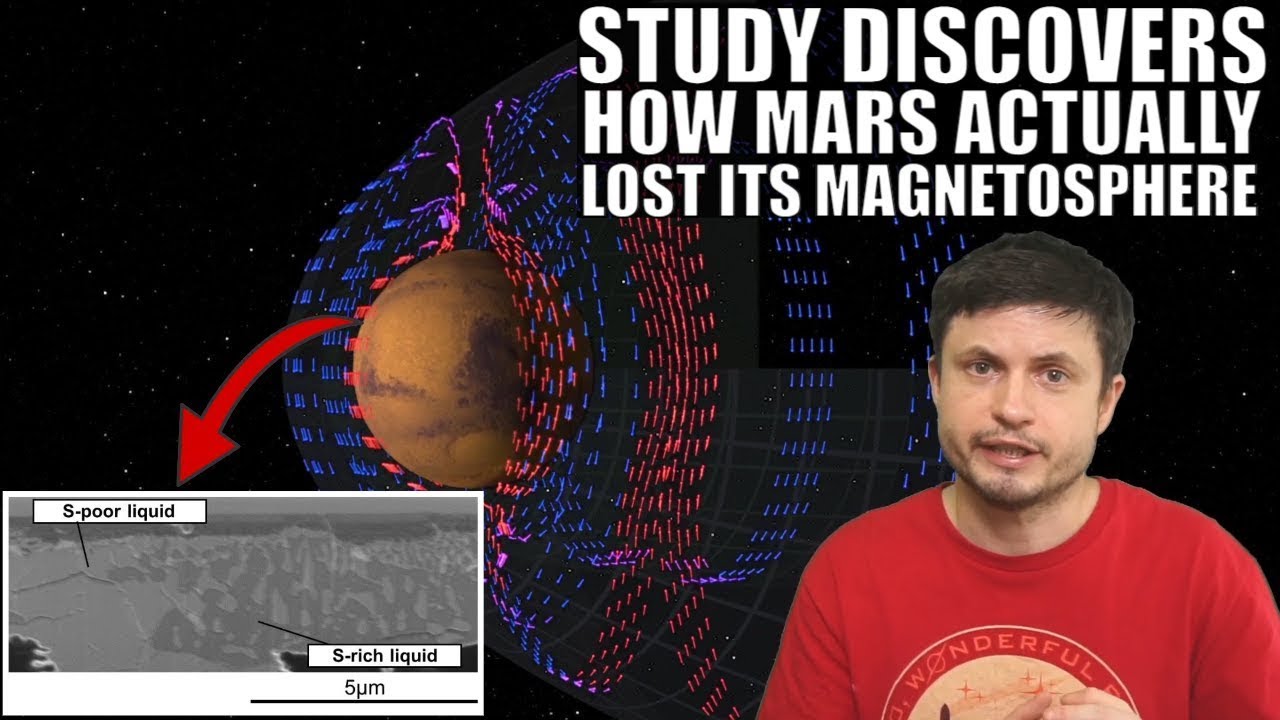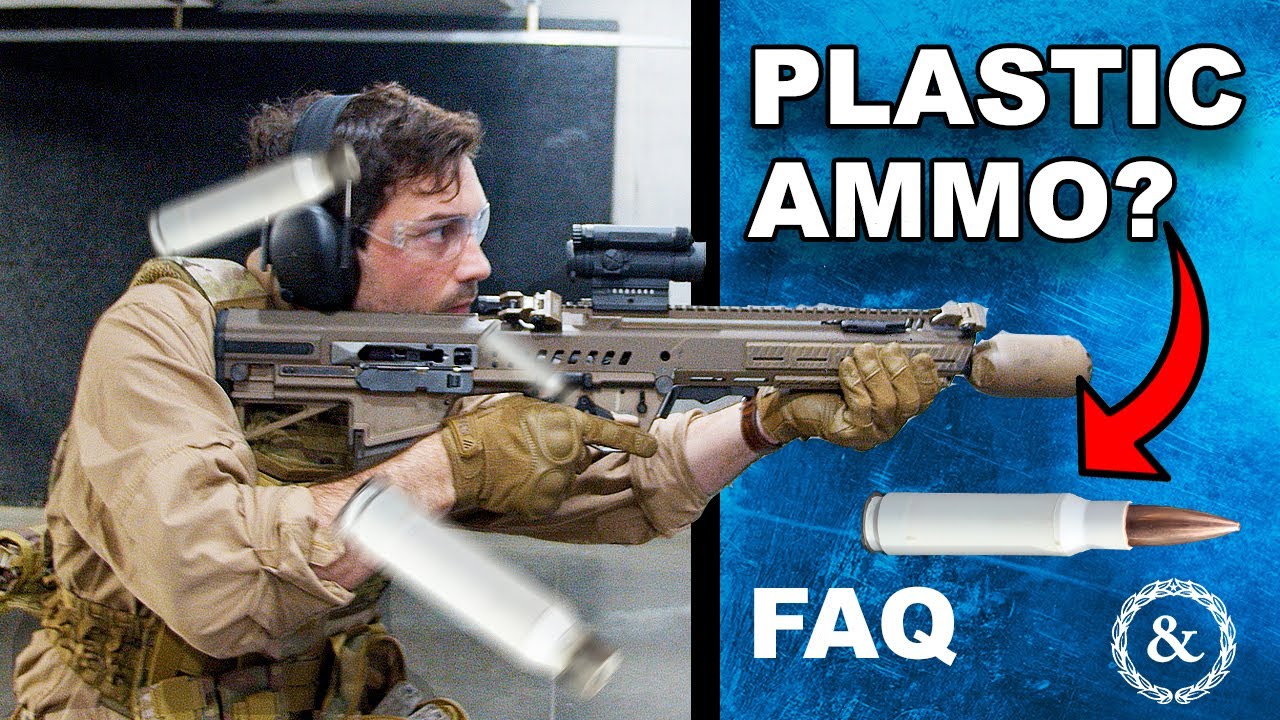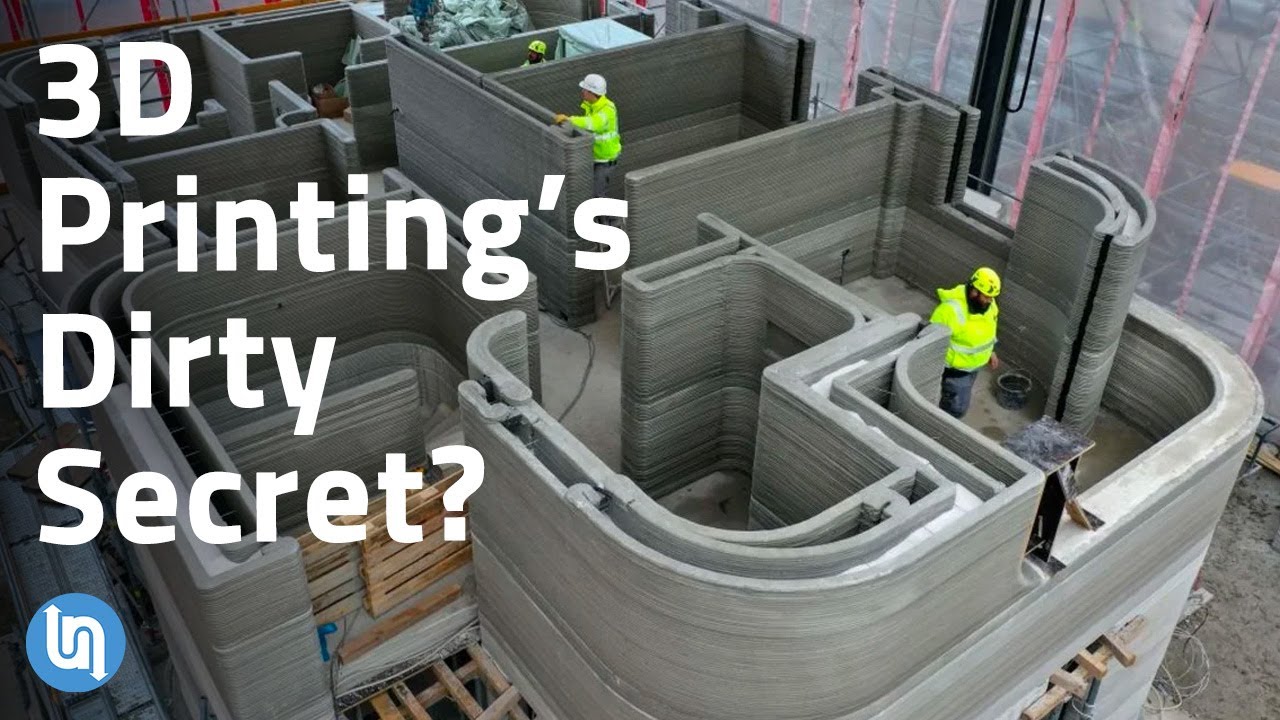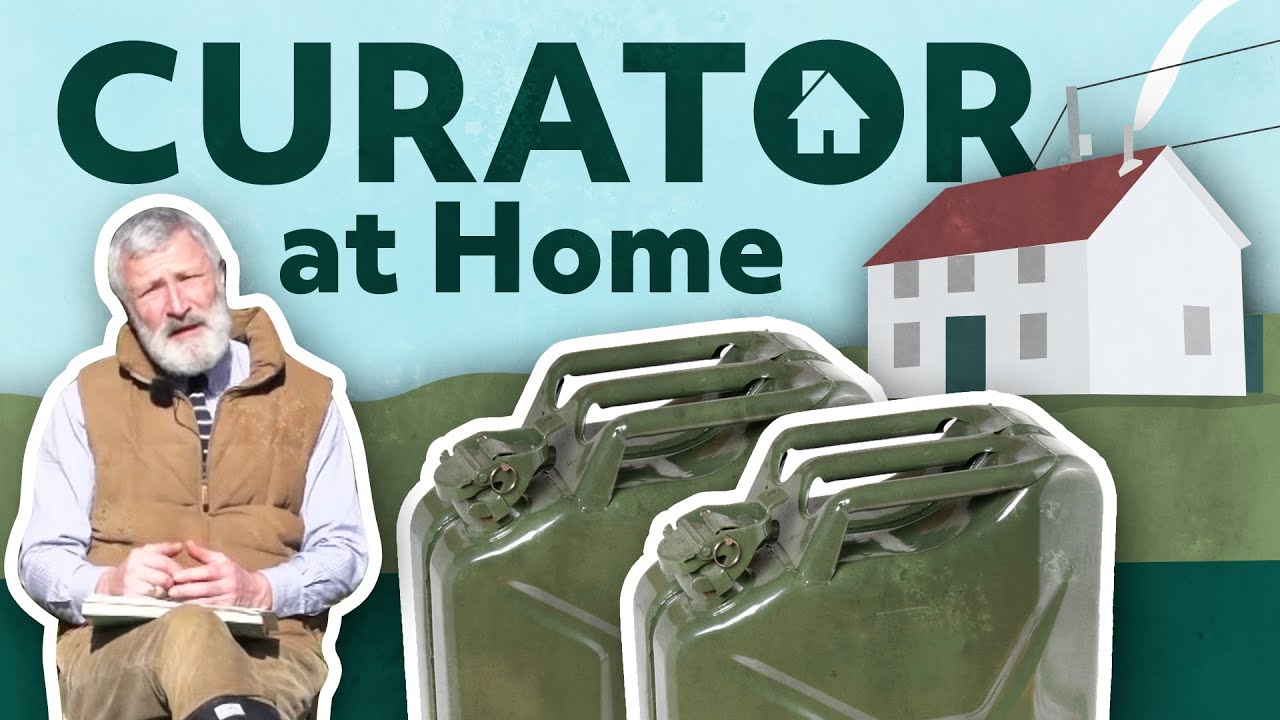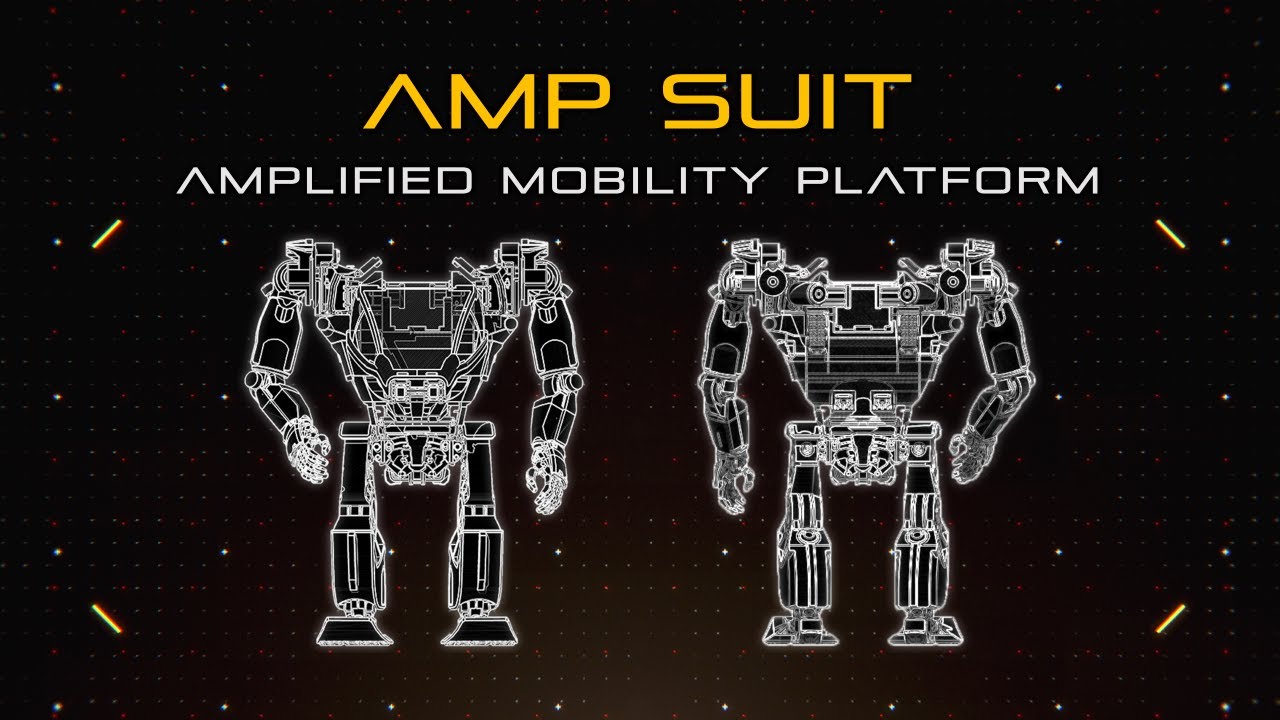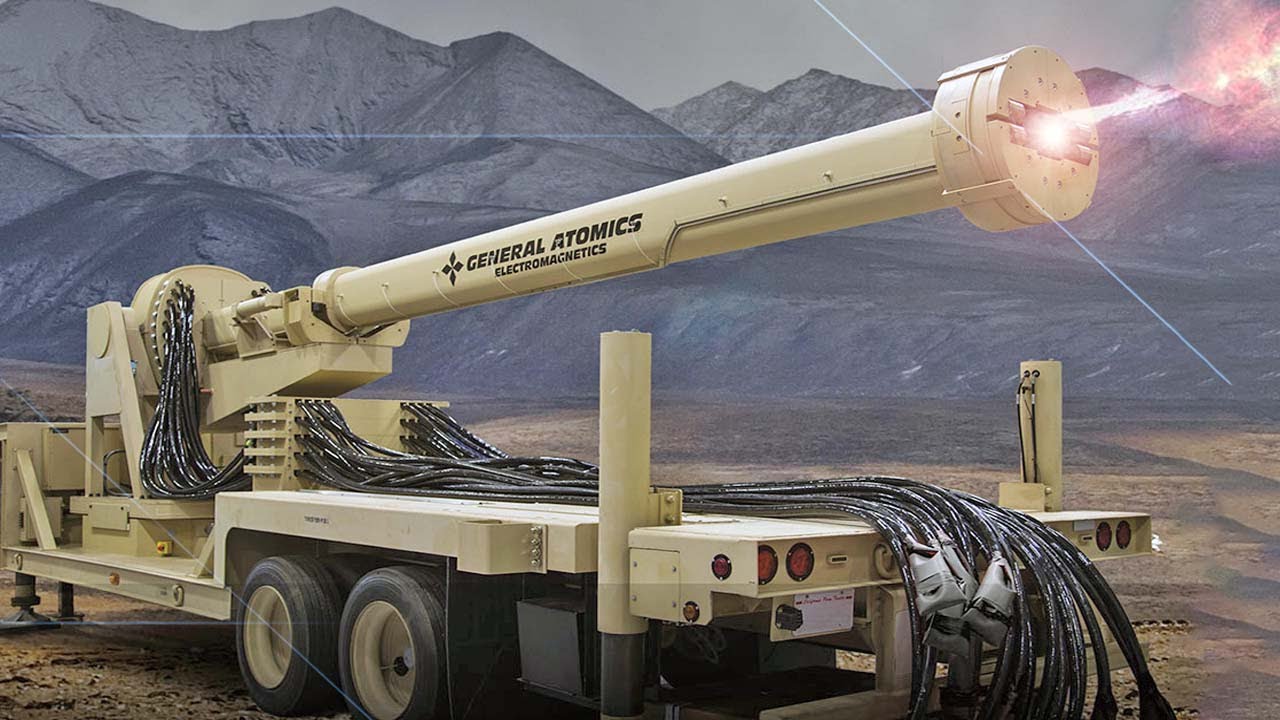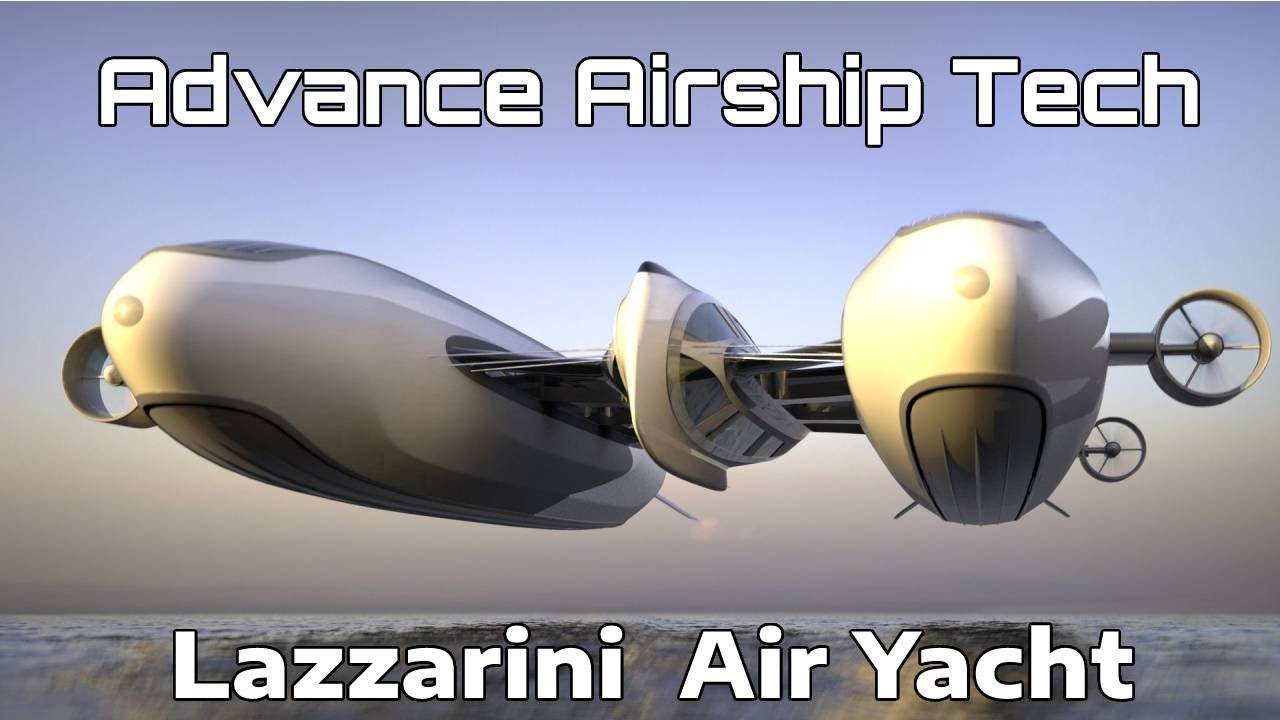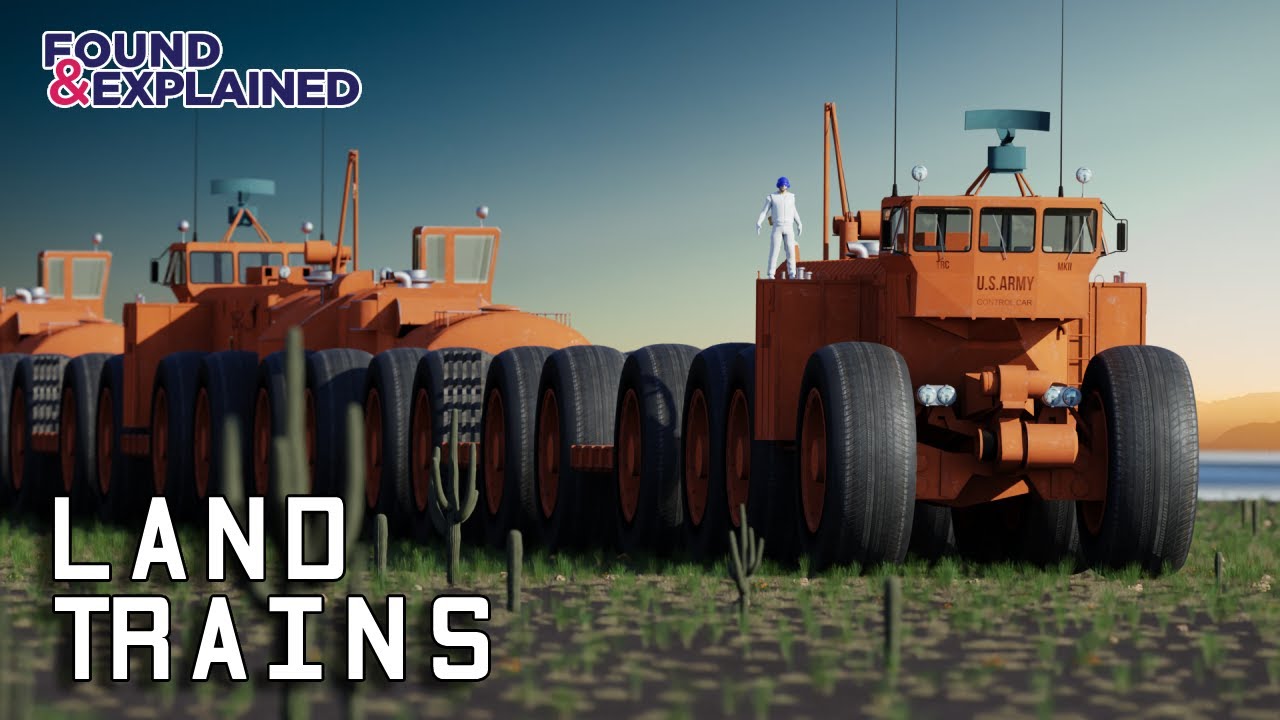wbnc said:Multi-barrel multi-caliber sidearms seem to be something no one has quite mastered. There are a few that have been modestly successful. but the added complexity and somewhat limited extra utility has kept that type of firearm firmly planted in the "Oddity"
One of the traits that has kept the revolver alive as a self-defense firearm in the age of the Semi-auto is reliability. If you pull the trigger and it doesn't go bang, you just pull the trigger again. well, that and you can generally fire a magnum round out of a revolver with less trouble than firing a high powered round out of a Semi-auto. The 5-6 chamber revolver seems to be the most successful variation. since it has enough shots to deal with one or two targets and can be rapidly reloaded using Speedloaders. when you add more chambers the cylinder has to be enlarged or the walls of the cylinder have to be thinned..which has a definite impact on how powerful the round fired can be.I have had several .22 Long Rifle pistols with more than six cylinders before. they are fun little guns to shoot, the rounds ar not powerful enough to crack even a slightly thinner cylinder wall and the cylinder size isn't unmanageable. but squeezing seven. .38 Special ( around 9mm in diameter)rounds into a cylinder is a bit more tricky.
One advantage some carrying wheel guns sometimes mention: When there is decent lighting, when you face a foe in close proximity, he can *see* the rounds chambered and knows you aren't pointing an empty gun. There's a bit of a visceral reality to staring down the round that might kill you.
When I was firing pistols (.22 LR, .38, .357, 9mm, .45 ACP and a cap and ball revolver), I found revolver ergonomics to make the point-and-shoot even easier than a semi-auto. I guess also I did use longer barrels on the revolvers and I particularly hated the CZ-75 9mm... 9mm rounds were energetic and the weapon was light so I always round the recoil more of an issue. When I shifted to .45 ACP out of a very basic M1911A1 Colt semi-auto, the bigger .45 ACP round felt more like a push than a jump (in terms of recoil) and I shot much better. I can see (just from comfort and natural pointing capabilities) some prefer revolvers. And I can see where some larger rounds still would let you load 5-6 rounds and one good shot could lay out a target.
As you noted, wheel guns have the great feature 'just pull the trigger again'. That's a fast follow up to a failed shot. In a semi-auto, you'll have to pull the slide to eject the round and recock. You often come at least partly off target while doing that whereas the wheel gun user just pulls the trigger again without coming off-target.
And in some instances, some hollowpoints don't work as well in some semi-autos. I think that issue is lesser in revolvers overall. (Not saying you can't find reliable hollow-points for your semi-auto, just may have to be more careful about the ammo source.)



